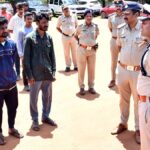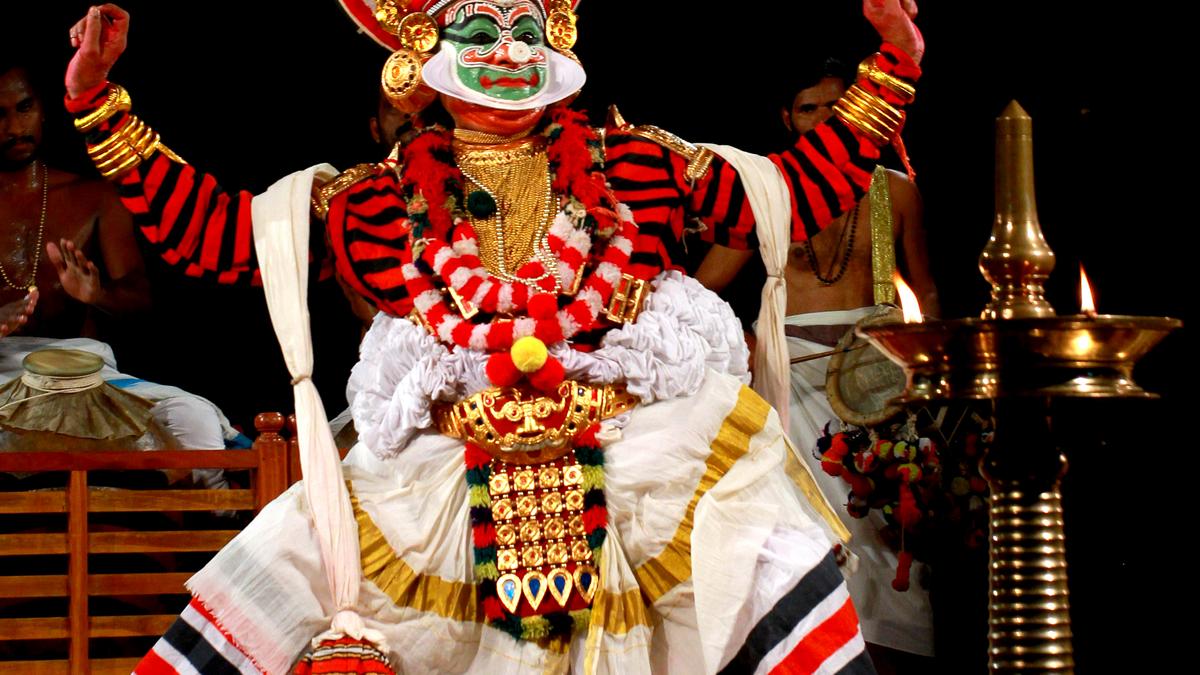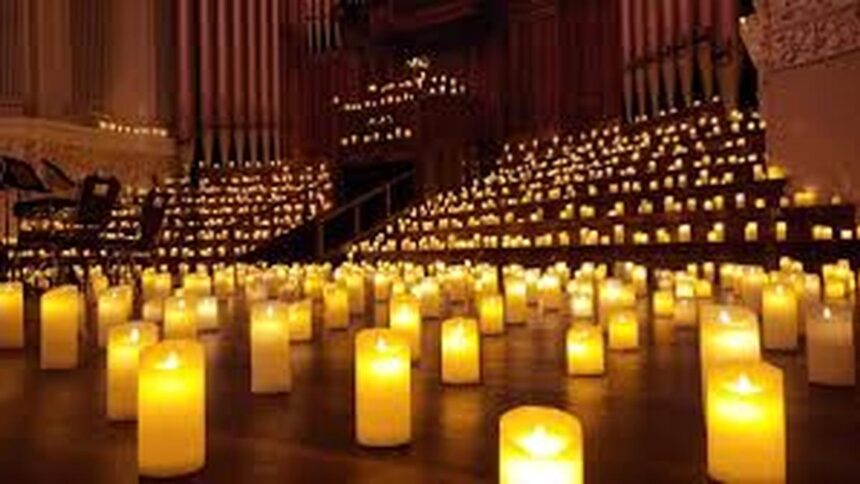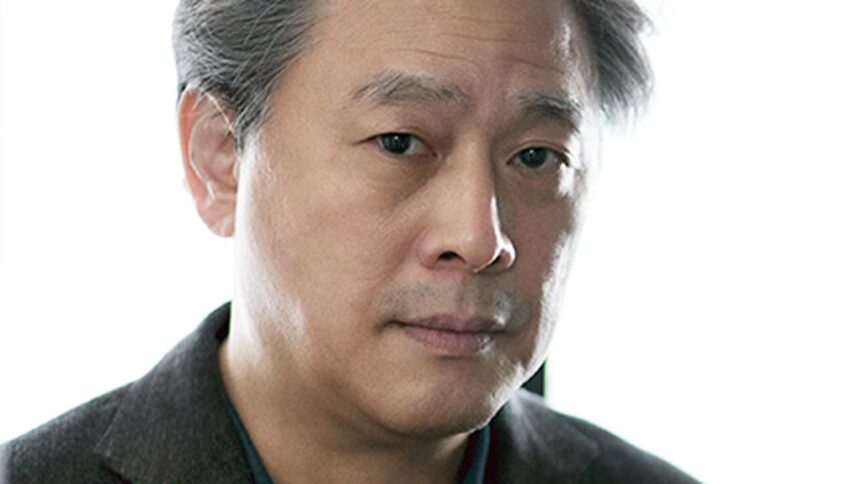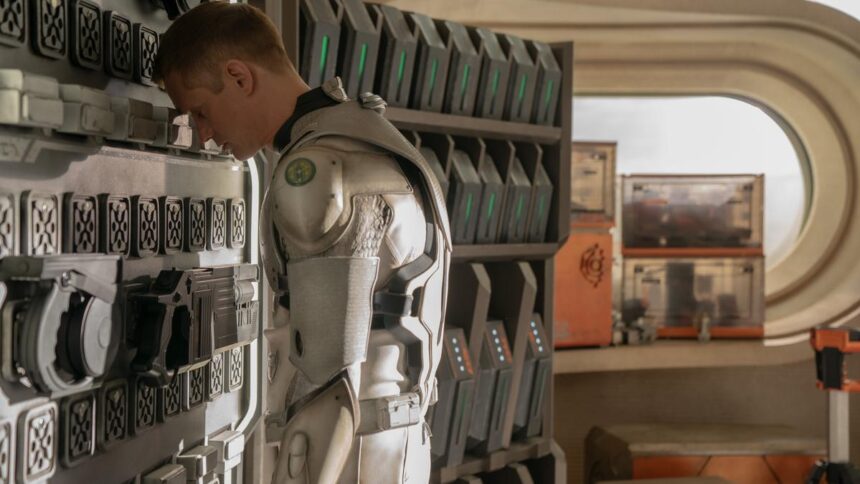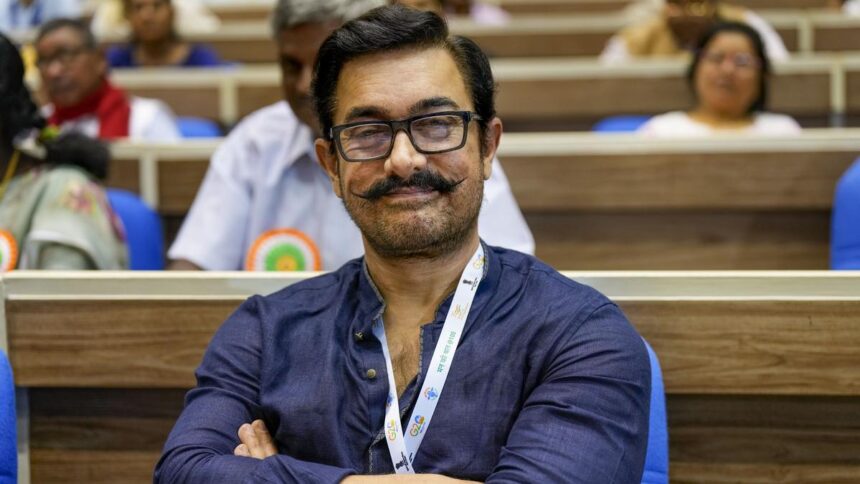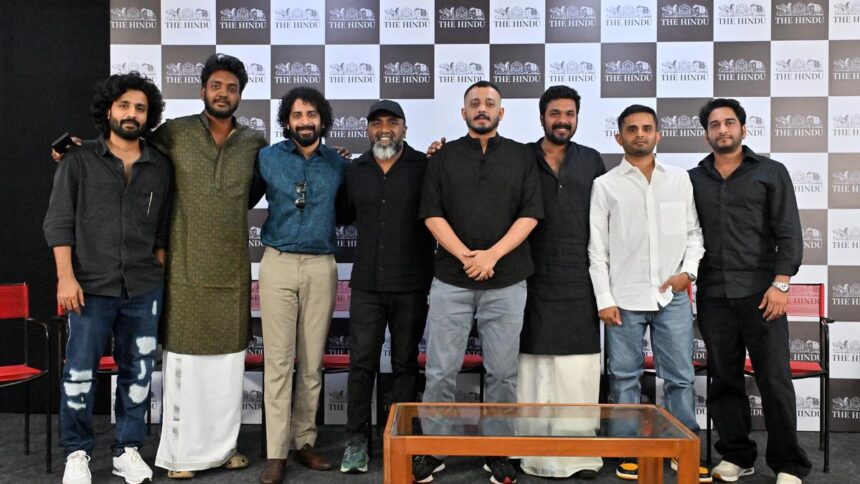
Kalamandalam Sivan Namboodiri.
| Photo Credit: Special Arrangement
Announcing a retirement from the stage by a Koodiyattam artiste, is perhaps, unheard of in the history of Sanskrit theatre. Kalamandalam Sivan Namboodiri made this announcement at Koothambalam in Kalamandalam (deemed university for arts and culture). He mentioned health problems as the reason for his departure from the art scene and added he would be available for guidance and lecture-demonstrations. The day also marked the 60th death anniversary of his guru, Painkulam Rama Chakyar.
Besides his excellent artistry, Sivan became the first non-Chakyar to be trained in Koodiyattam — when Kalamandalam introduced the art form as a separate department in 1965 — breaking caste restrictions. The institution owes much to one of the most revolutionary among the Chakyar community, Painkulam Rama Chakyar, who volunteered to head the new department, ignoring protests from the orthodox. Today, if there is has been phenomenal increase in the number of Koodiyattam artistes, Sivan is the inspiration.
The evening was not just about Sivan’s retirement, but he proved his virtuosity by presenting the popular piece Parvathy Viraham from the playToranayudham in Act III, from Bhasa’s Abhisheka Nataka. Parvathi-viraham is usually preceded by Kailasodharanam, depicting the arrogance and might of Ravana.
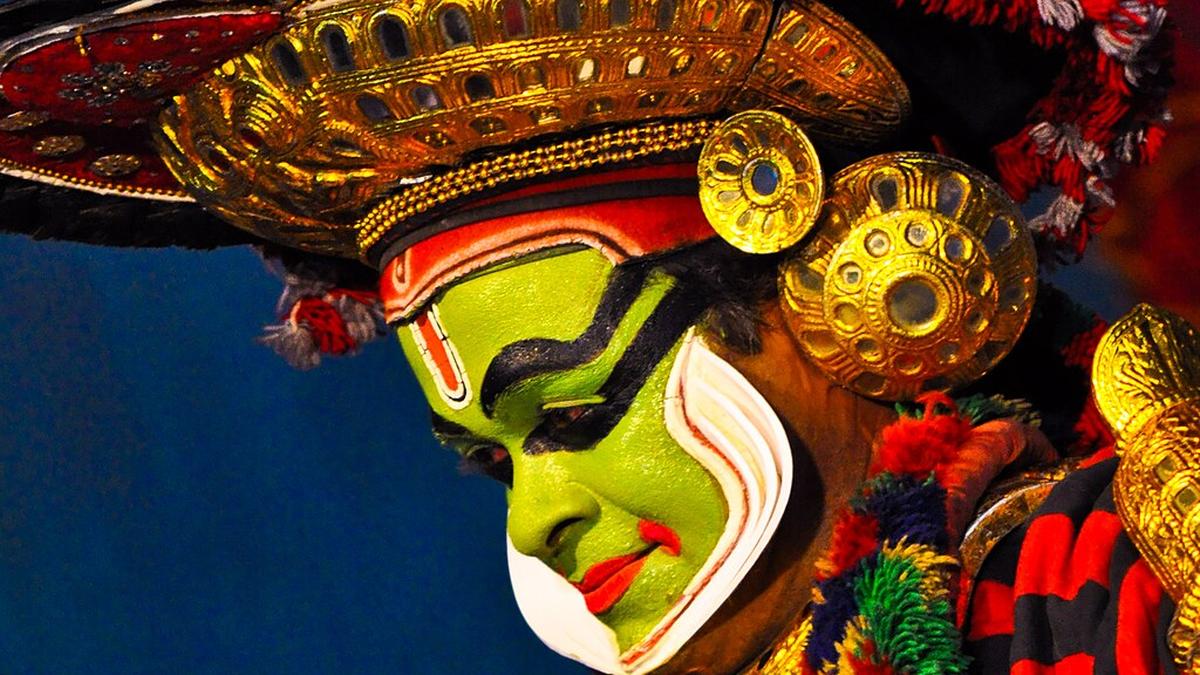
Sivan Namboothiri has inspired many youngsters to pursue Koodiyattam
| Photo Credit:
Courtesy: Wikipedia
Its story goes thus: while returning home after a successful fight with Vaisravana, Ravana finds the path of his Pushspakavimana (flying chariot) obstructed by Mount Kailasa. He gets off his chariot, uproots the mountain and throws it in the air (a picturesque description of the mountain with its valleys, rivers, rocks, caves etc., is enacted here). It is at this juncture that Shiva and Parvathy are engaged in an argument as Parvathy suspects the presence of Ganga in Shiva’s dreadlocks. Shiva answers every query raised by Parvathy, yet, fails to convince her. Parvathy walks out, leaving behind an enraged Shiva. This is also the exact moment Ravana tosses Mount Kailasa in the air, leading a frightened Parvathy return to Shiva.
The two anecdotes, with ample opportunities for ‘pakarnattam’ (multiple character presentation), were laudably executed by Sivan. More than an exposition of his artistry, it was a demonstration of his guru bhakti. Sivan entered the stage after prostrating before the bust of his guru.
After the performance, Sivan recalled the day he was selected for Koodiyattam, though his ambition was to learn Kathakali. He also reminisced the conversation between Kalamandalam Ramankutty Nair and Painkulam Rama Chakyar during the interview. “I heard them saying ‘He is going to be a promising artiste of Koodiyattam’.” And Sivan has lived up to their expectations the last six decades.
Whether it was Ravana in Toranayudham (which he performed that evening) or Jatayuvadham or Bali in Balivadham or any other major role, Sivan’s presence had a galvanising effect on fellow actors and the stage as a whole.
Sivan also served his alma mater as a teacher for three decades, until his retirement in 2005.
Theatre experts in the West had a taste of his skill, when he portrayed the pivotal role in four major plays at a festival held in France in 1980. Rukmini Devi, after watching his depiction of Arjuna in a play, at Kalakshetra, said, “I was impressed by his understanding of the exposition of the difficult techniques of abhinaya”. Sivan also won a certificate of appreciation from the Smithsonian Institution in Washington for his contribution towards the dissemination of the art form.
Published – August 25, 2025 06:17 pm IST



